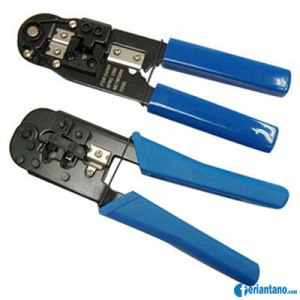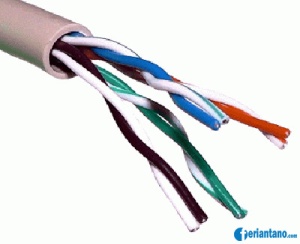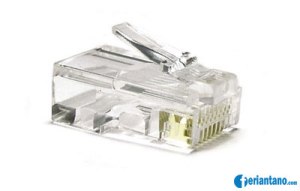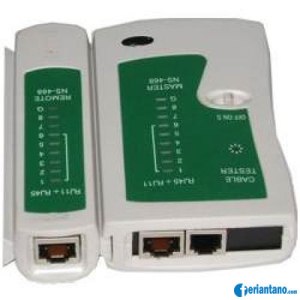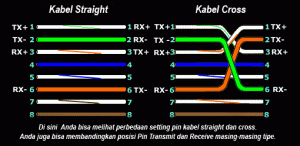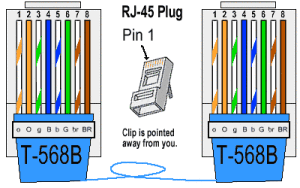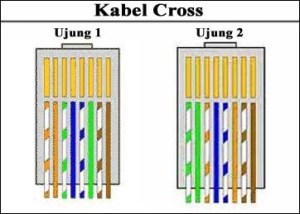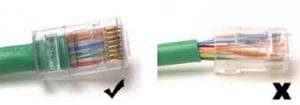Wireless LAN network or a wireless local network or WLAN is a computer local area network that uses radio waves as a medium tranmisinya, and the last link is used to provide a wireless network connection to all users in the surrounding area.
 Area wireless network depends on the strength of the emitted radio waves, the stronger the signal emitted, the range of its network will be more extensive. The backbone network usually uses cables, but the wireless network will need a transmission medium such as cable dipat minimized its use.
Area wireless network depends on the strength of the emitted radio waves, the stronger the signal emitted, the range of its network will be more extensive. The backbone network usually uses cables, but the wireless network will need a transmission medium such as cable dipat minimized its use.
IEEE802.11 is a set of specifications medium access control and physical layer for implementing computer communications wireless local area network at a frequency of 2.4, 3.6, 5 and 60 GHz. They created and is operated by the Institute of Electrical and Electronics Engineers (IEEE). The basic version was released in 1997 and has been through a series of updates and provide the basis for wireless networking products Wi-Fi.
Types of IEEE 802.11 Standard
1. IEEE 802.11a
Namely wireless networking standard that works at a frequency of 5GHz with the data transfer speed to 58 Mbps.
2. IEEE 802.11b
Namely wireless networking standards that are still using the 2.4 GHz frequency at speeds reaching 11 Mbps data trasfer and signal range up to 30 m.
3.
IEEE 802.11g
That is a wireless network standard that is a combination of the 802.11b standard uses the 2.4 GHz frequency, but the data transfer speed can reach 54 Mbps.
4. IEEE 802.11n
Namely the future of wireless networking standard that works at a frequency of 2.4 GHz and is rumored to achieve data transfer speeds of 100-200 Mbps.
The newest IEEE standard in the Wi-Fi category is 802.11n. It was designed to improve the features 802.11g in the amount of bandwidth supported by utilizing multiple wireless signals and antennas (called MIMO technology).
When this standard is complete, 802.11n connections should support data rates of 100 Mbps. 802.11n also offers better range than previous Wi-Fi standards due to increased signal intensity. 802.11n equipment will be compatible with 802.11g devices.
more details can be seen in the following table:

Actually there are several other wireless standards, such as IEEE 802.11j, 802.11h, 802.11p. However, the use of standard was very limited, and umummnya used for application and specific use relating to state regulations and more specific communication applications.
Wireless networks typically work by one of the network topology configuration either Ad-Hoc or Infrastructure network


